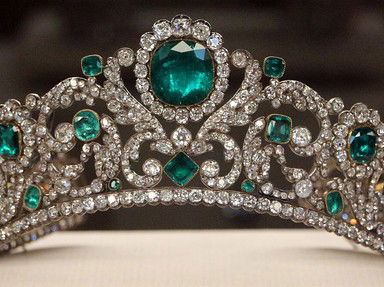Quiz Answer Key and Fun Facts
1. Disney's 2009 animated film "The Princess and the Frog" is set in what historic US city with a unique cultural heritage?
2. The elegant princess line dress, first introduced in the late 1870s, was named in honour of the beautiful consort of the future King Edward VII. What was her name?
3. In what European country would you be able to enjoy a luscious slice of princess cake, or Prinsesstårta?
4. Named after a Spanish princess, the city of Puerto Princesa in the Philippines is known for the nearby UNESCO World Heritage Site centred around what concealed natural wonder?
5. Published in 2016, "The Princess Diarist" is a memoir written by what American actress, who found fame by portraying an iconic princess with a distinctive hairdo?
6. Also known as princess flower, the stunning Pleroma urvilleanum is an evergreen flowering plant native to what large country, known for its vast expanses of tropical rainforest?
7. The motif of the princess and the dragon featured in the tale of Saint George is an ancient one. Which princess of Greek myth was rescued by a hero from the jaws of a sea monster?
8. The 1905 children's novel "A Little Princess" was written by what British-American author, who also penned "The Secret Garden"?
9. The stylish princess cut is one of the most popular cuts for diamonds and other gemstones. In what European capital, where royalty is still quite popular, was it created?
10. In the famous operatic aria "Nessun dorma" by Giacomo Puccini, the tenor addresses a cold-hearted princess with whom he has fallen hopelessly in love. What is the name of the princess, also the title of the opera?
Source: Author
LadyNym
This quiz was reviewed by FunTrivia editor
agony before going online.
Any errors found in FunTrivia content are routinely corrected through our feedback system.

